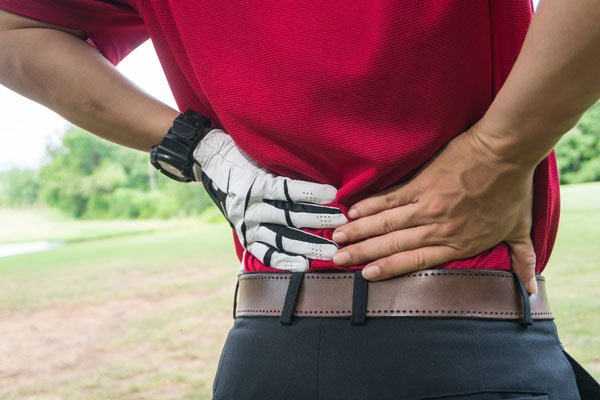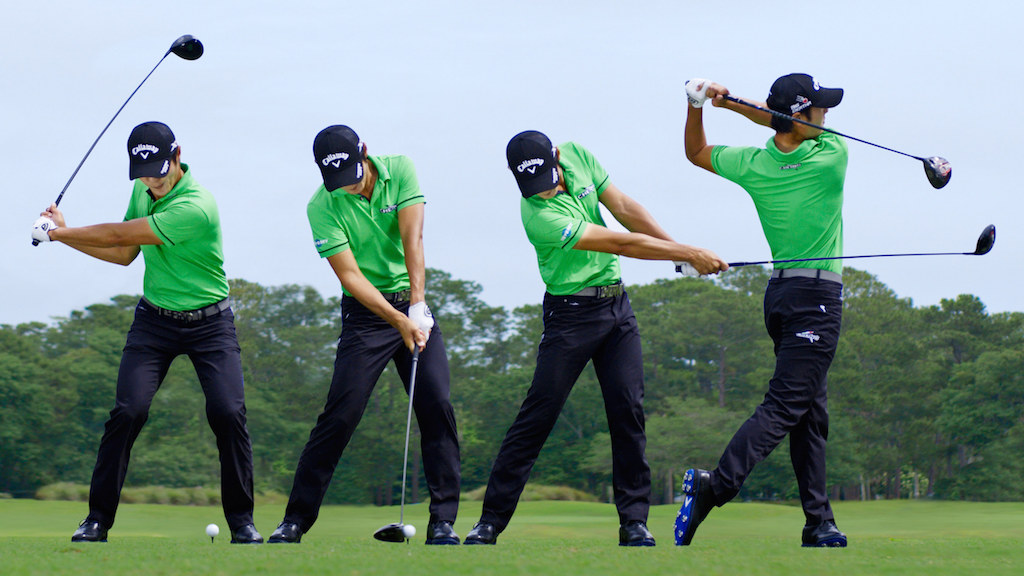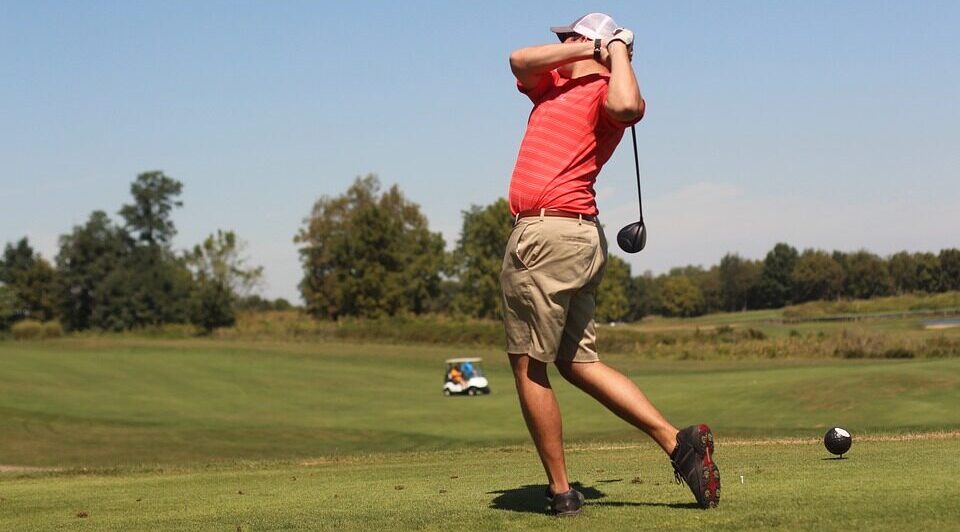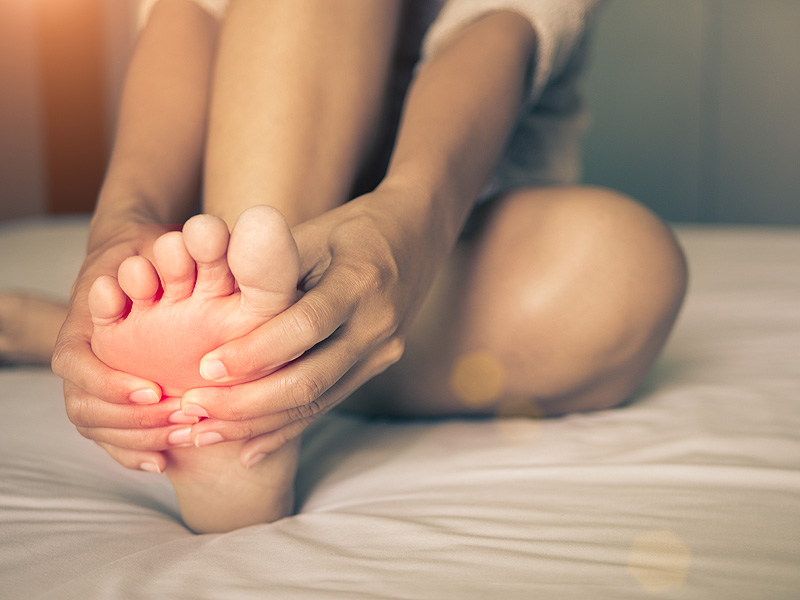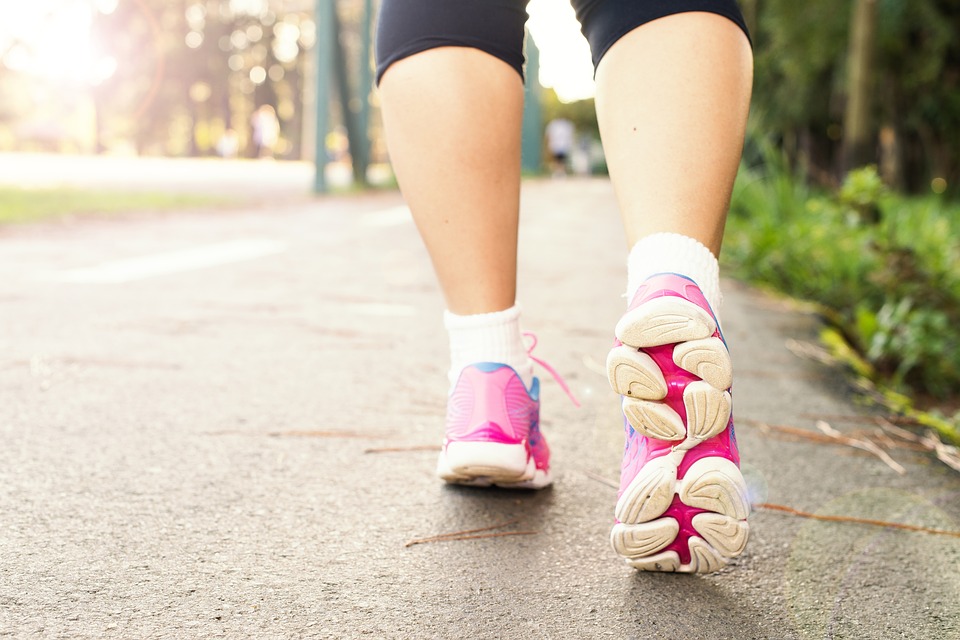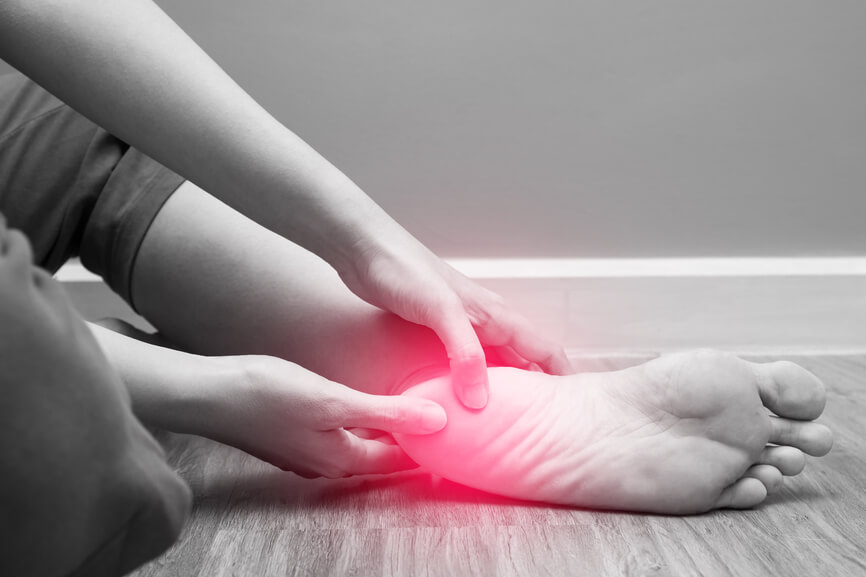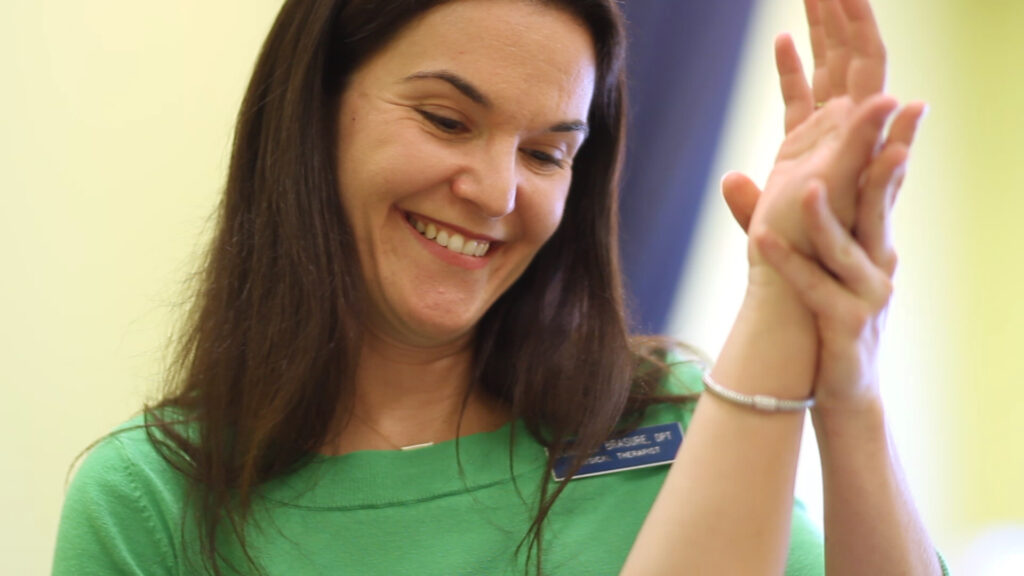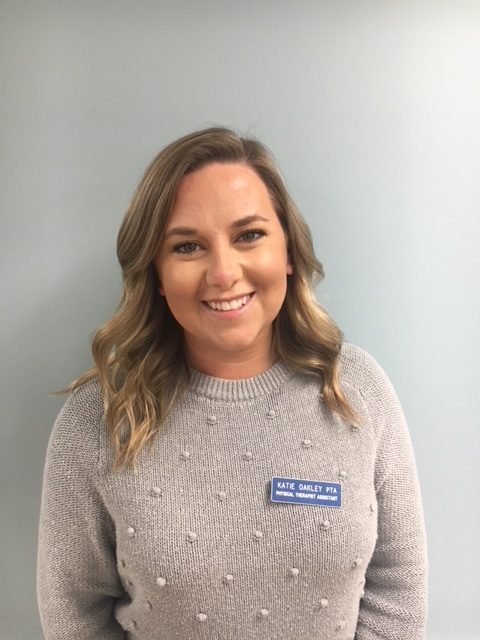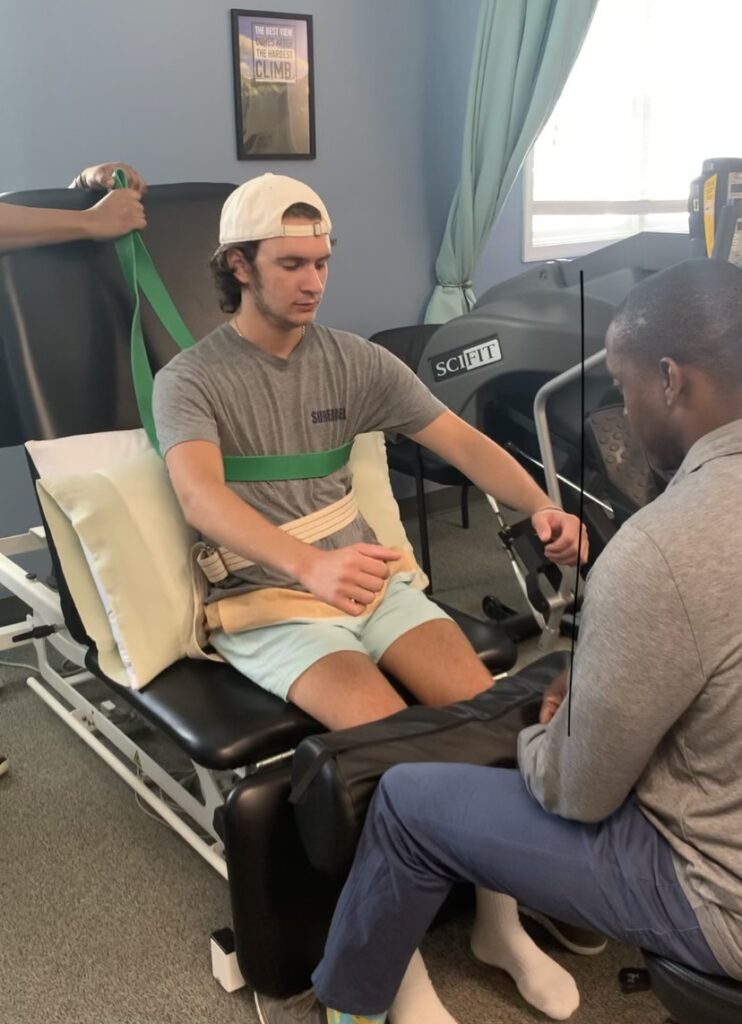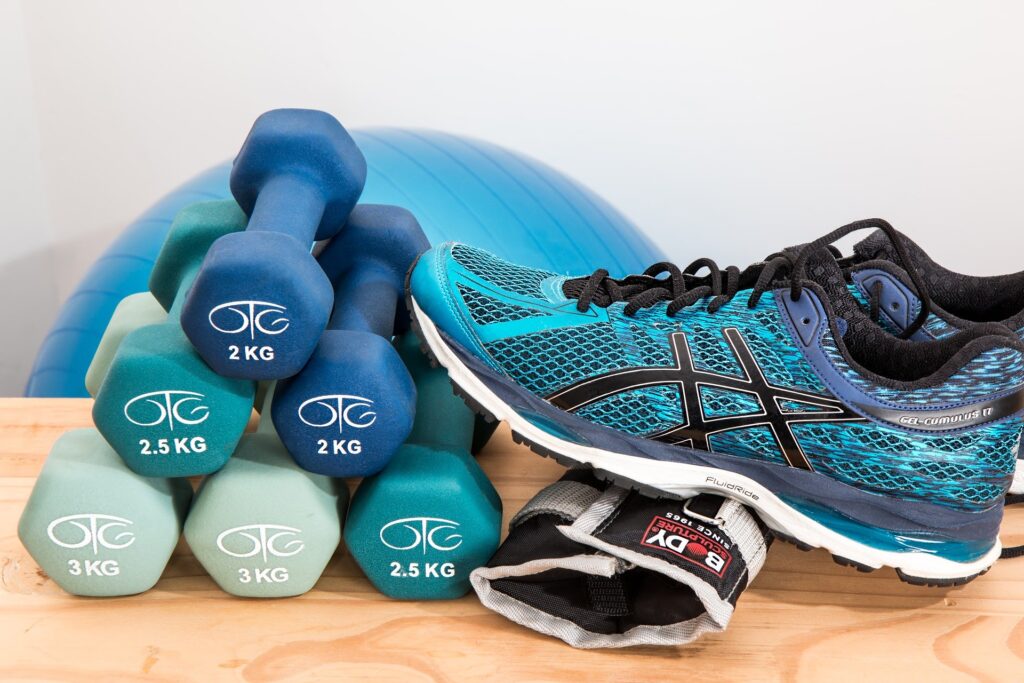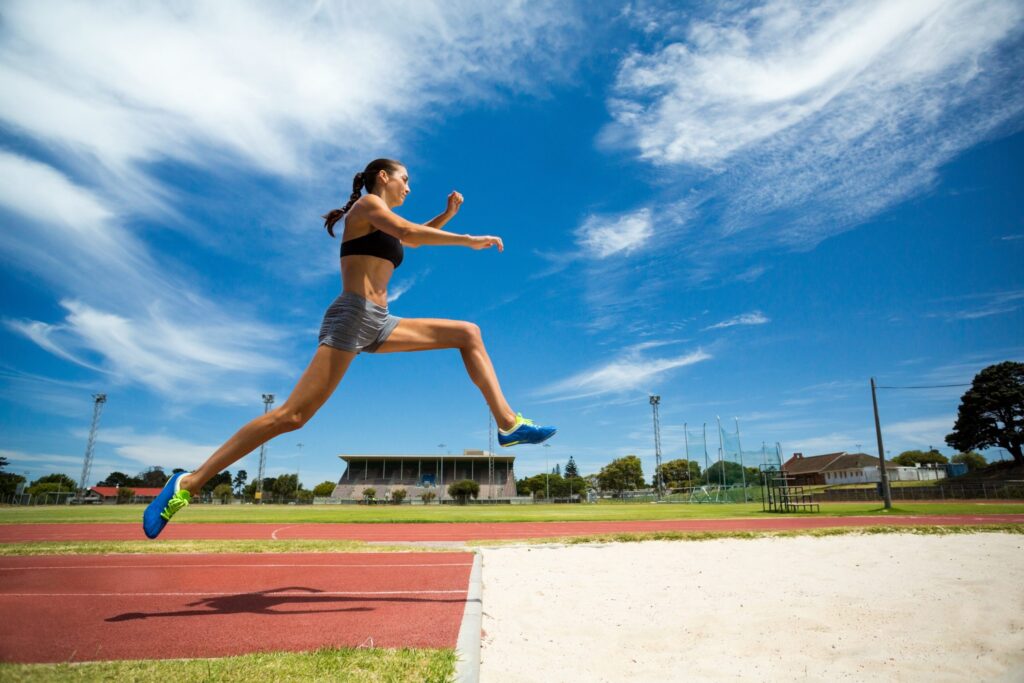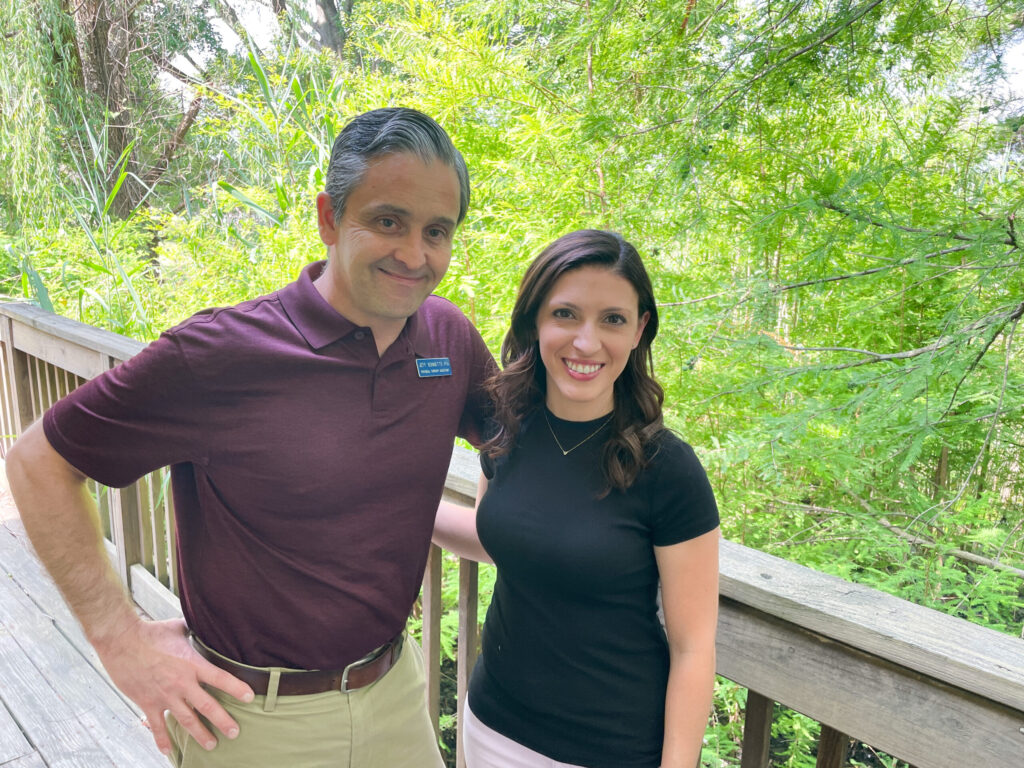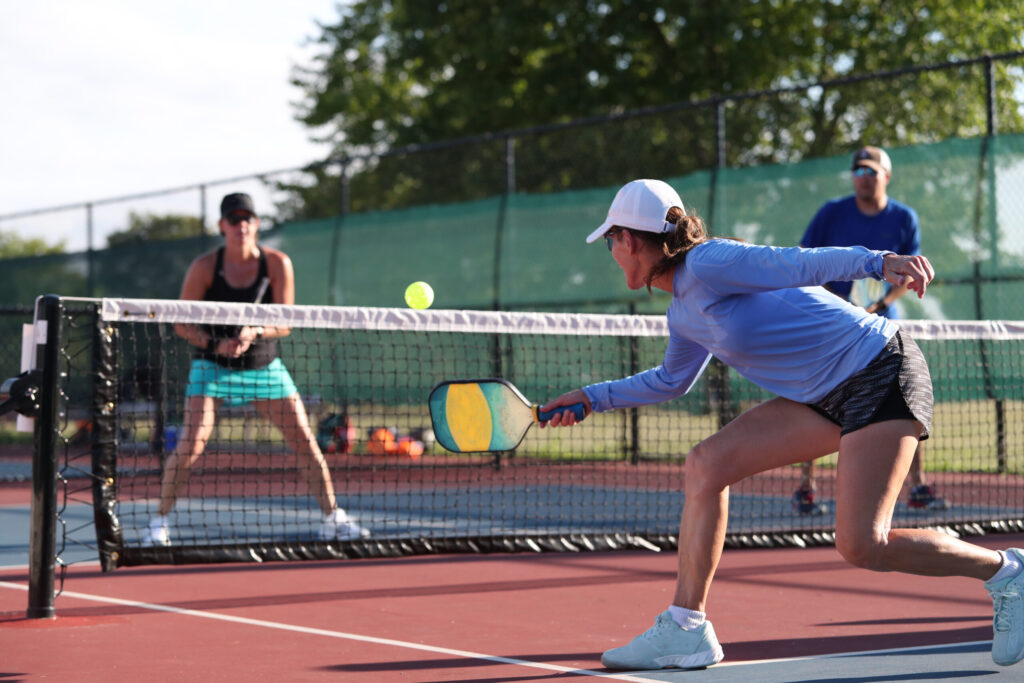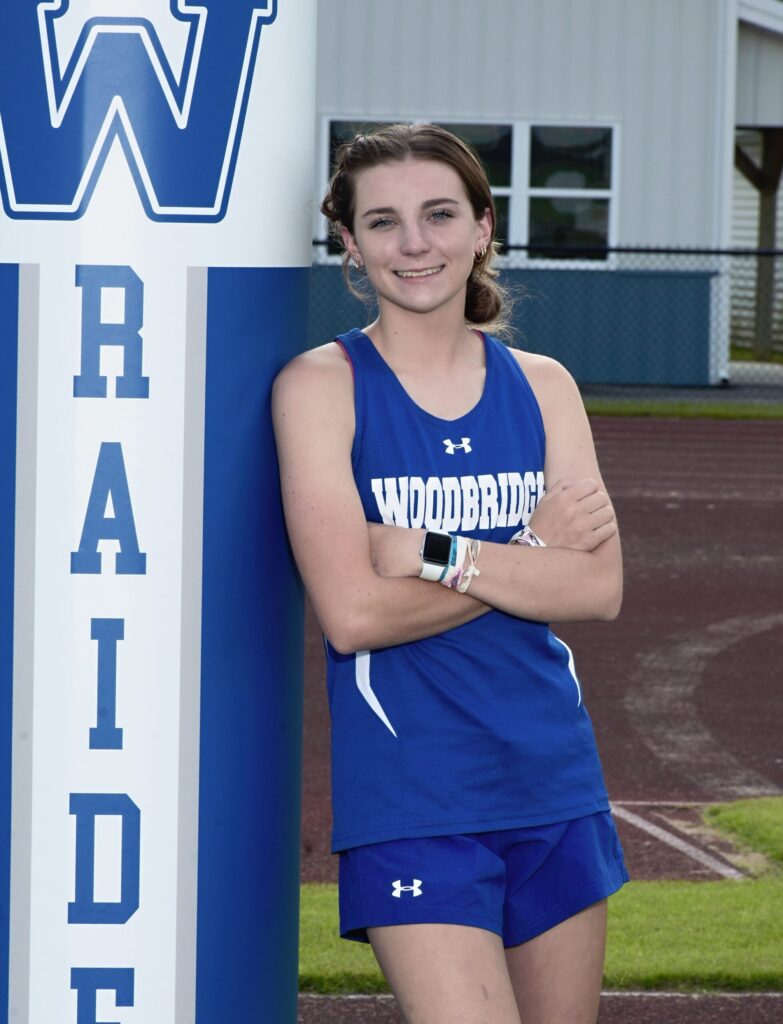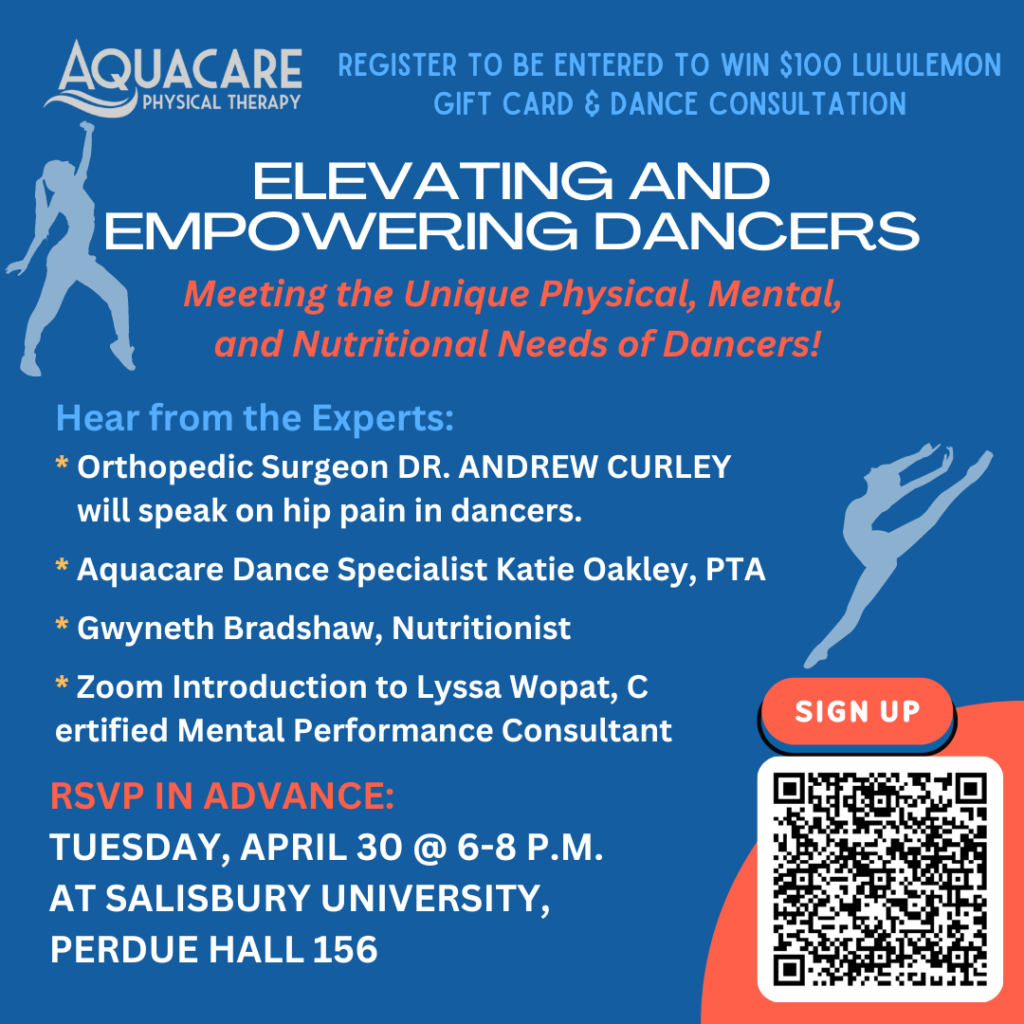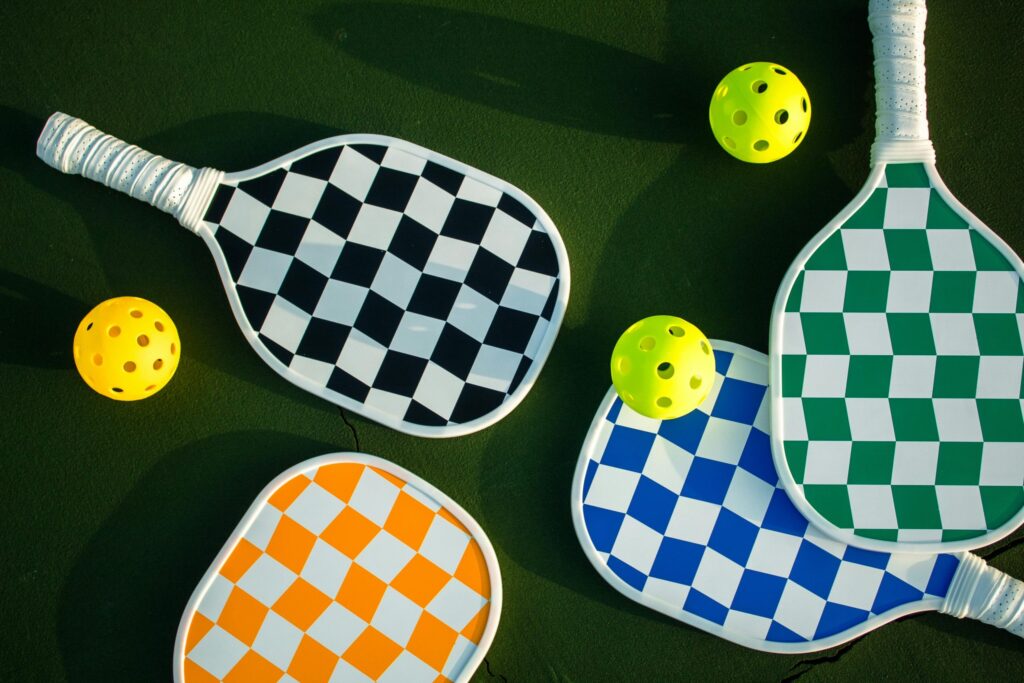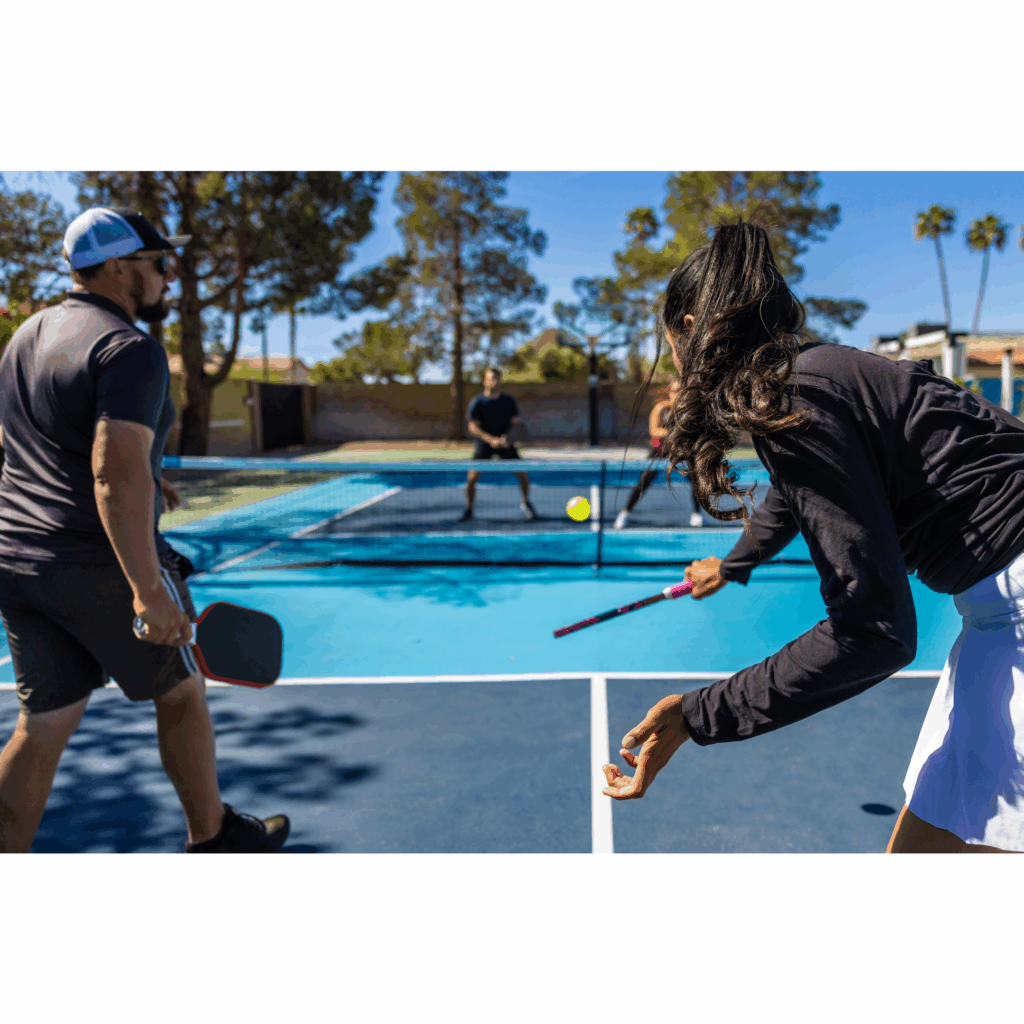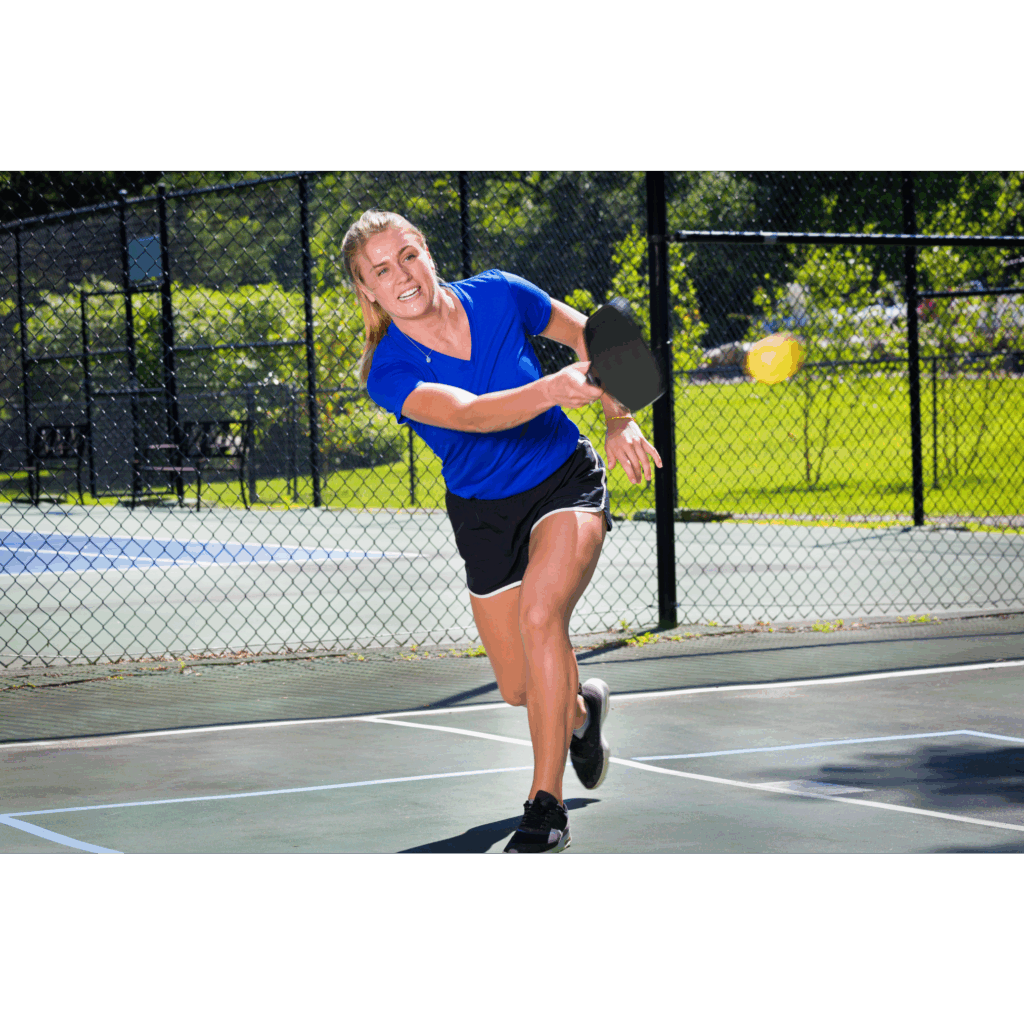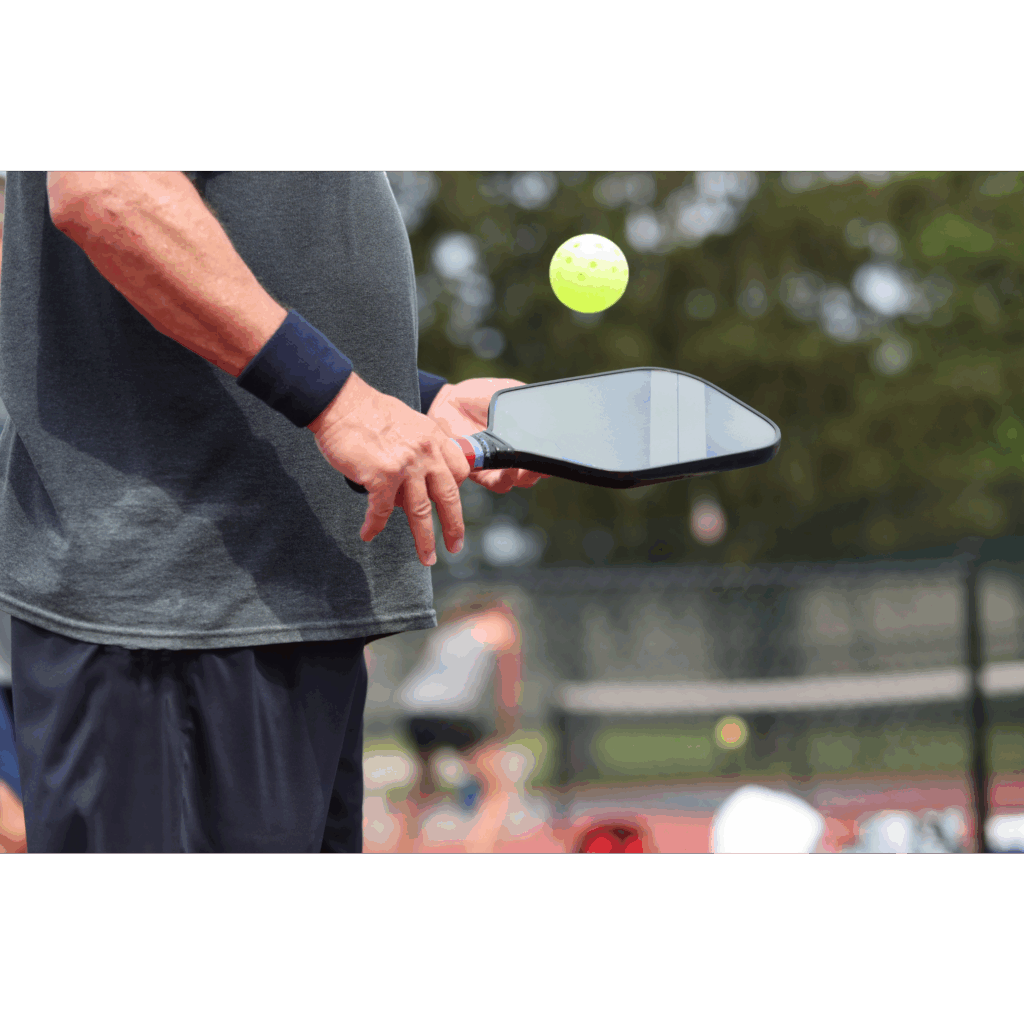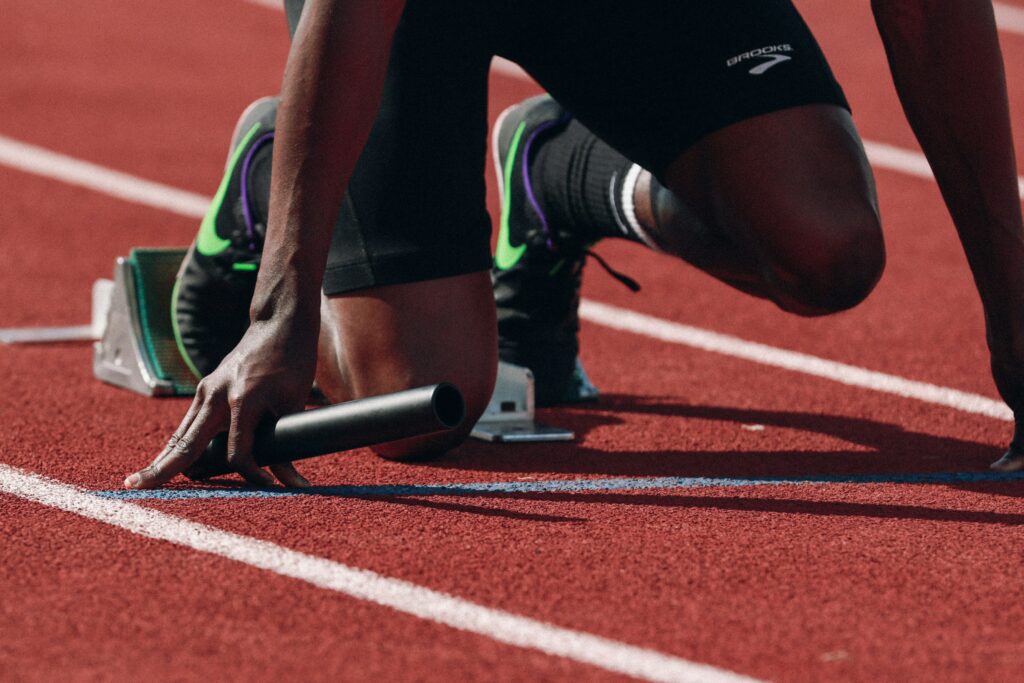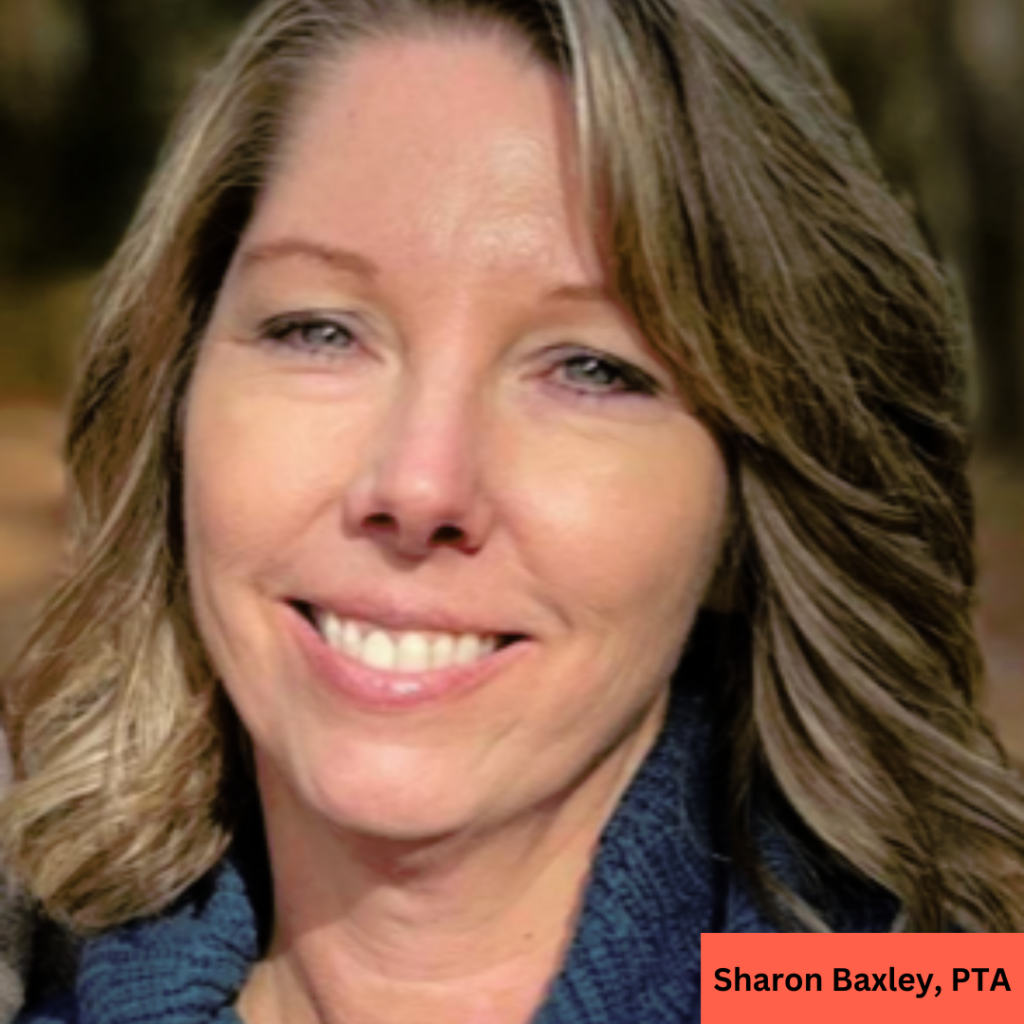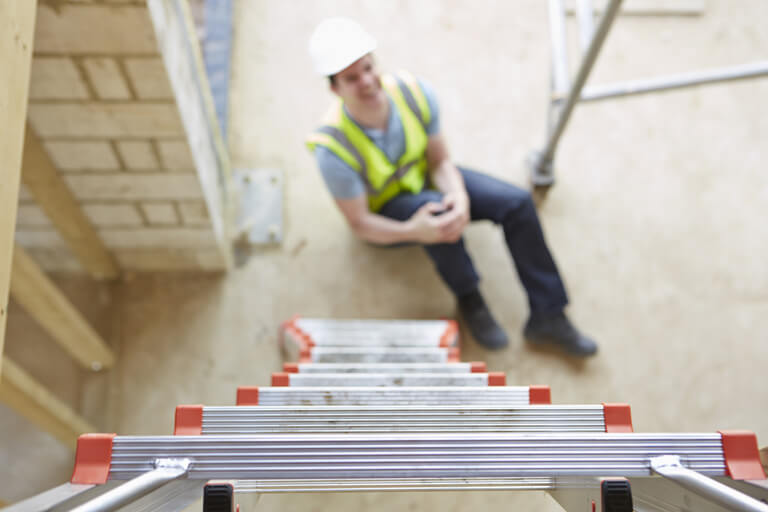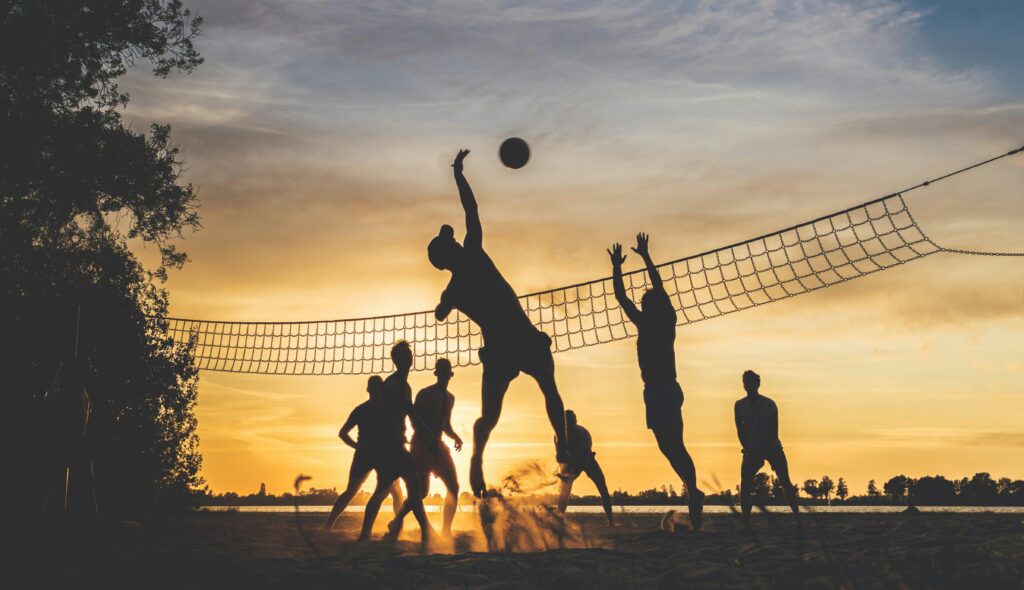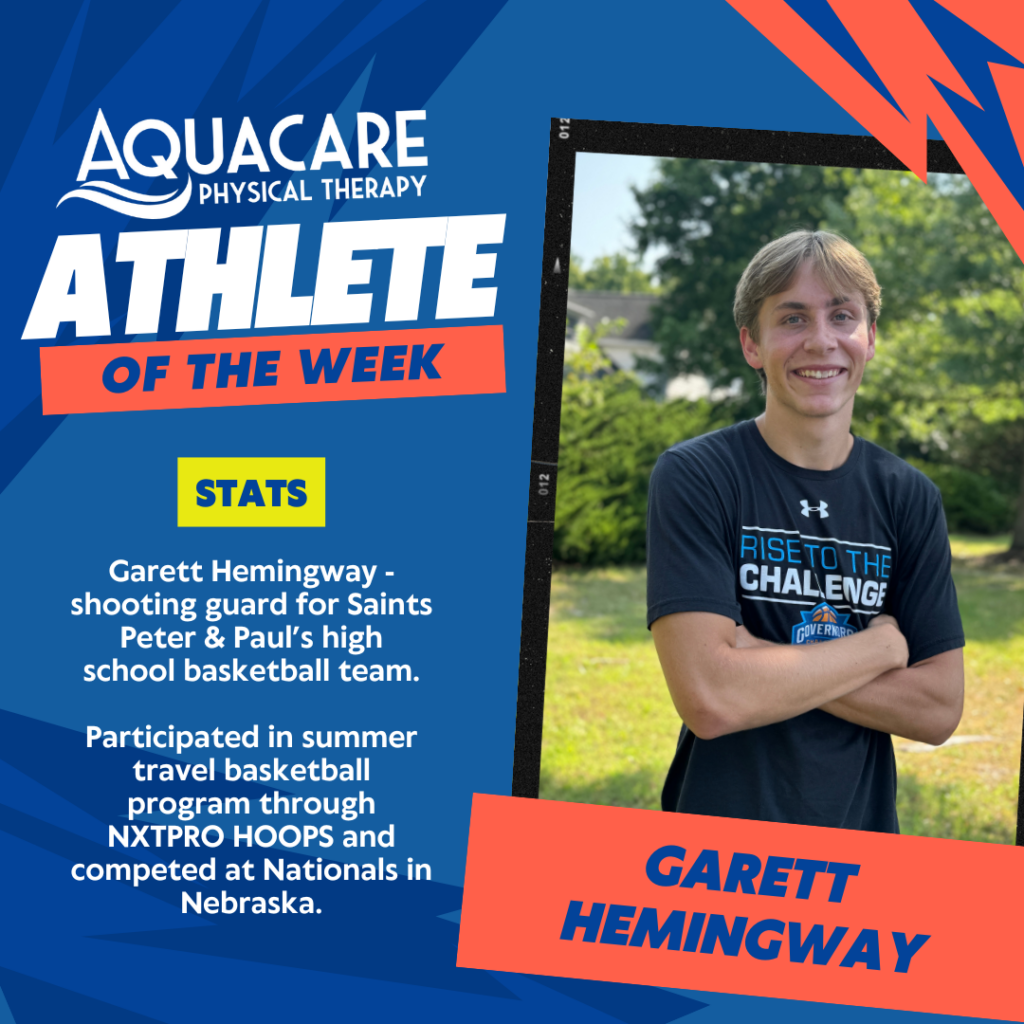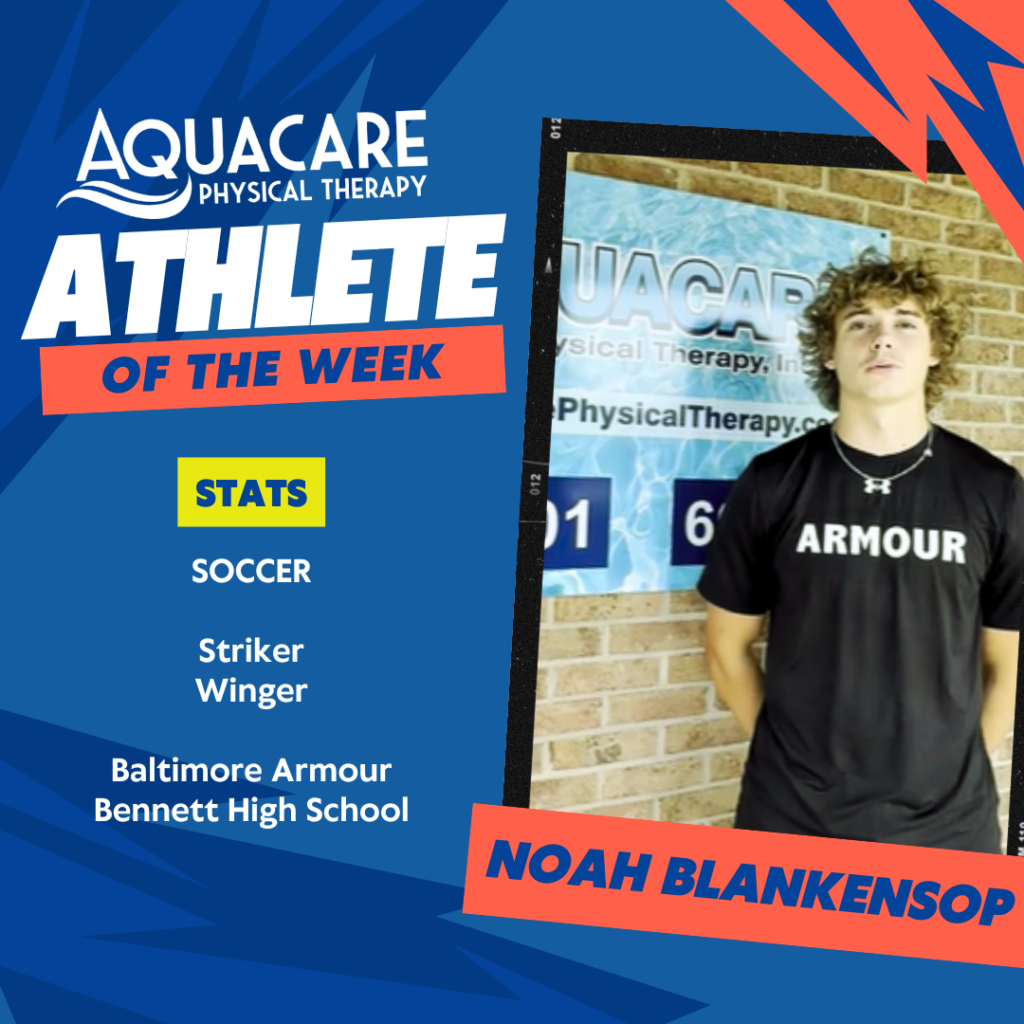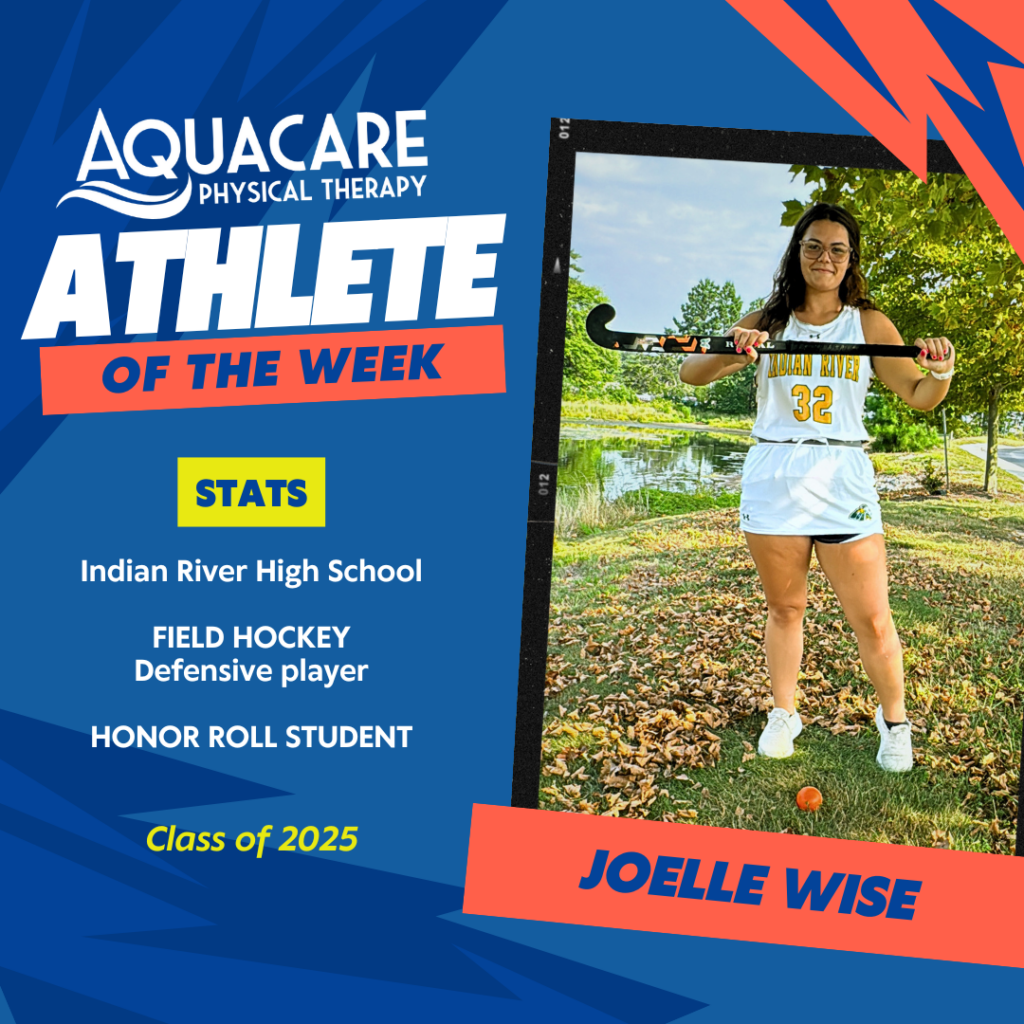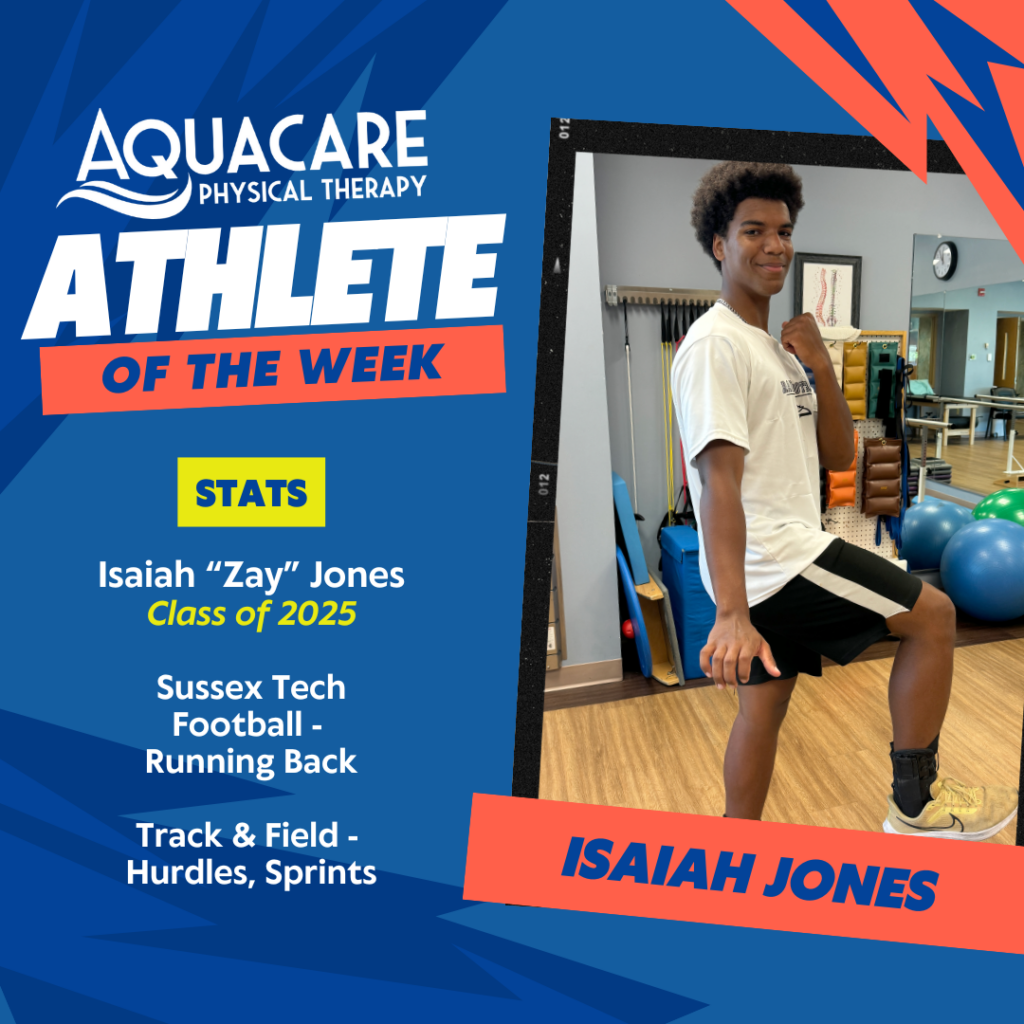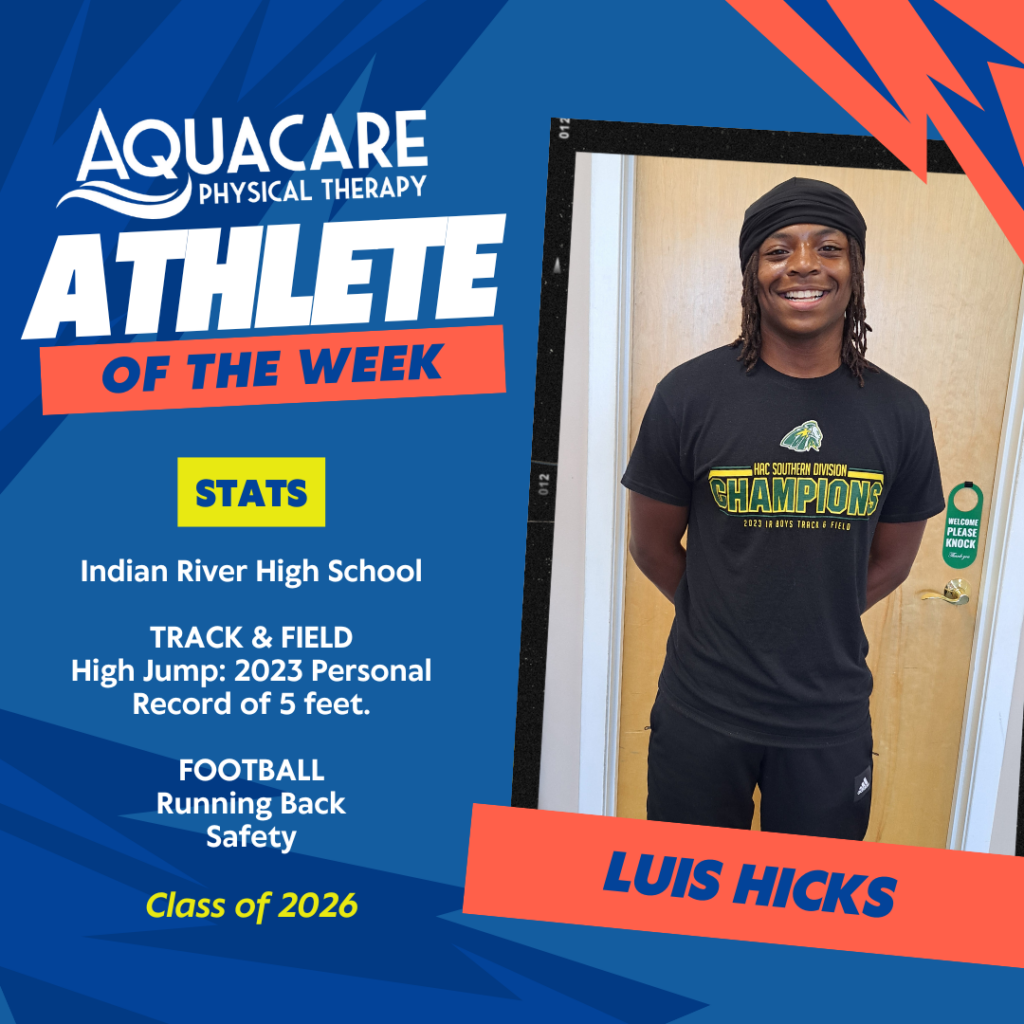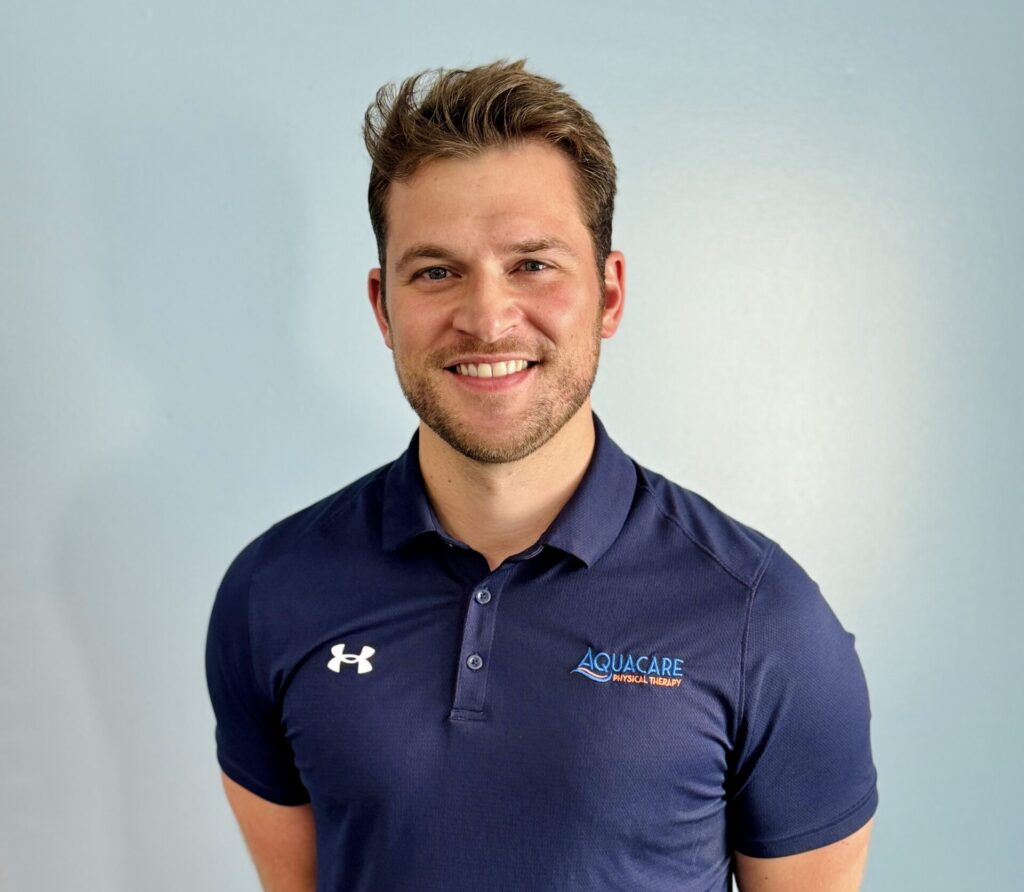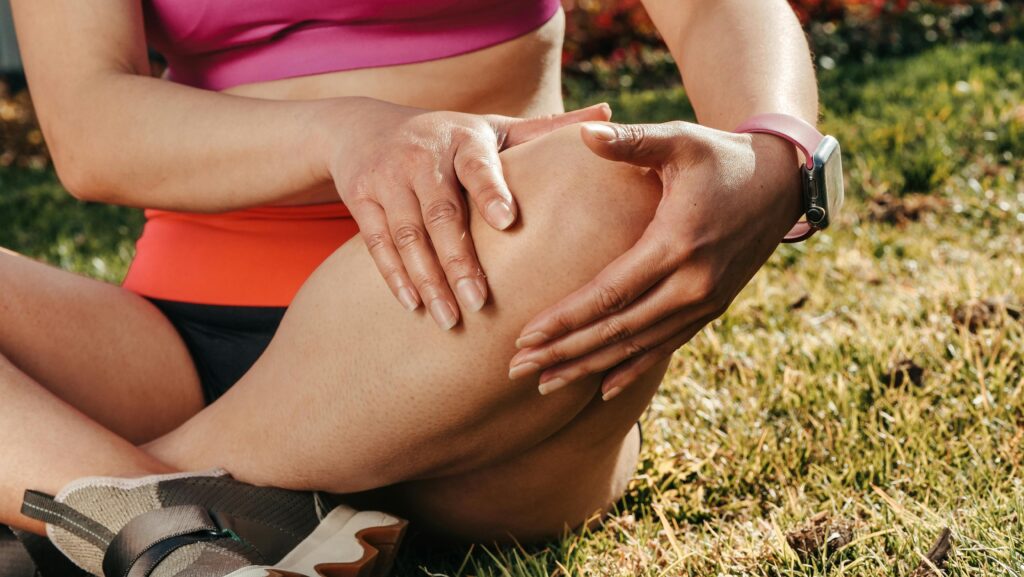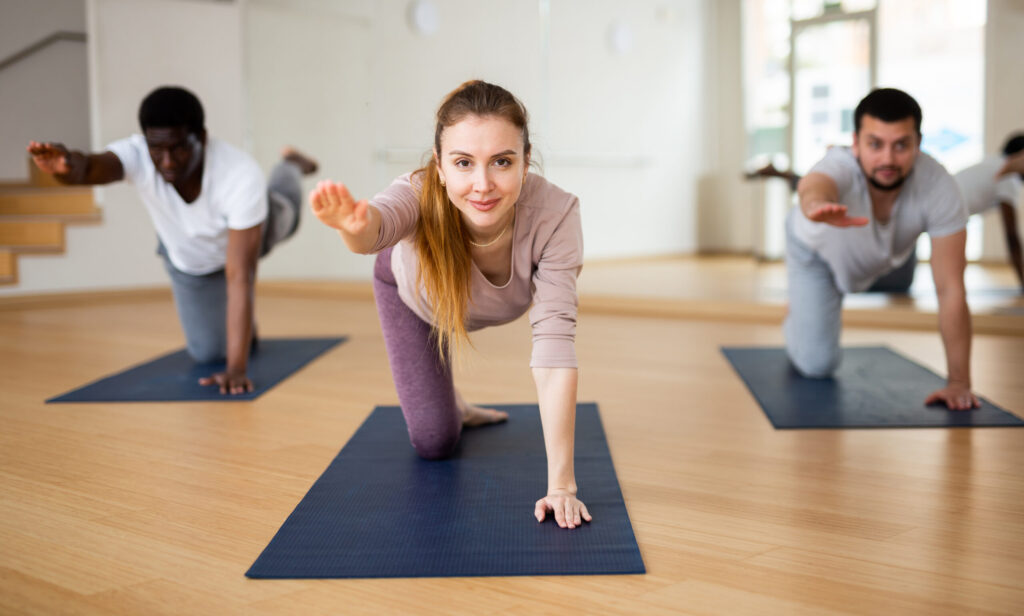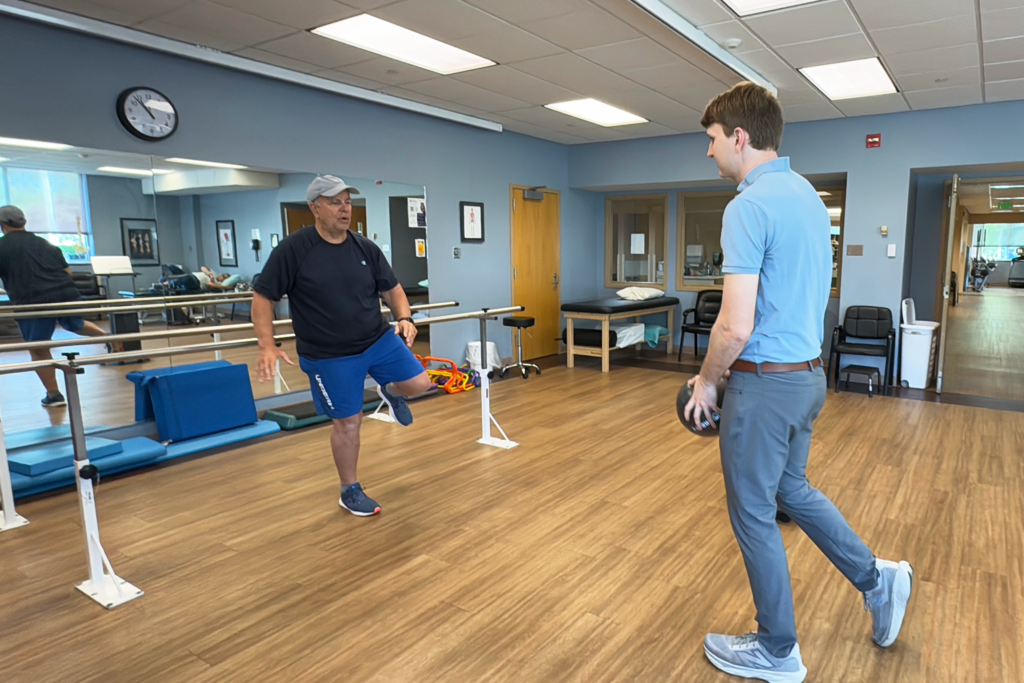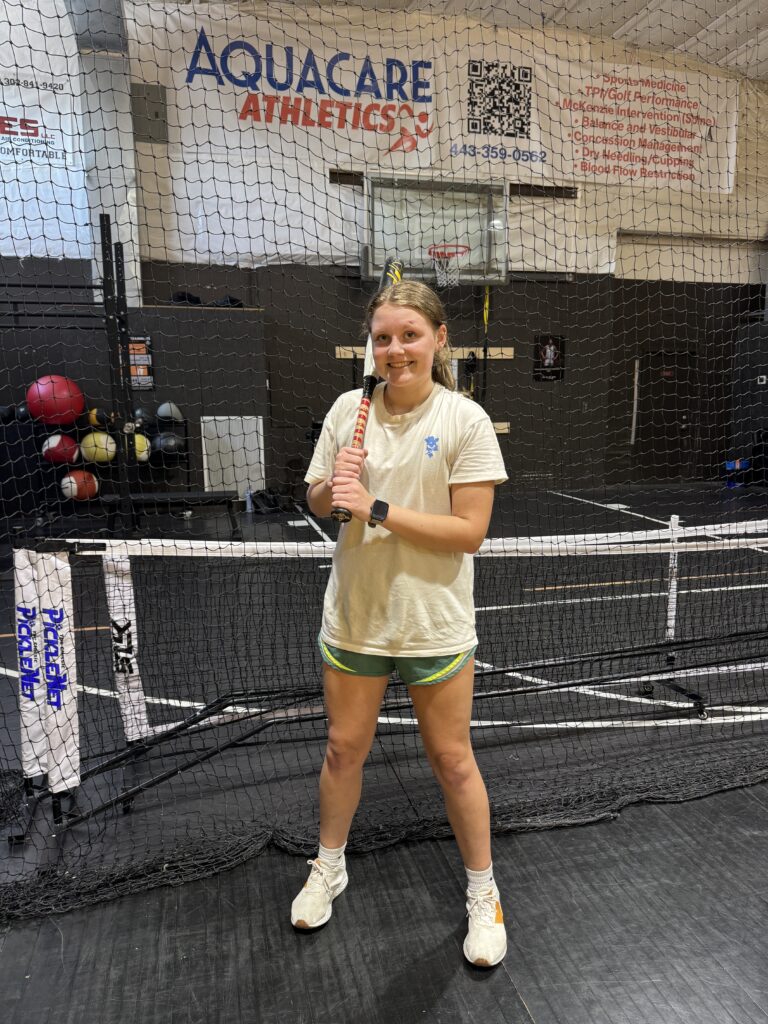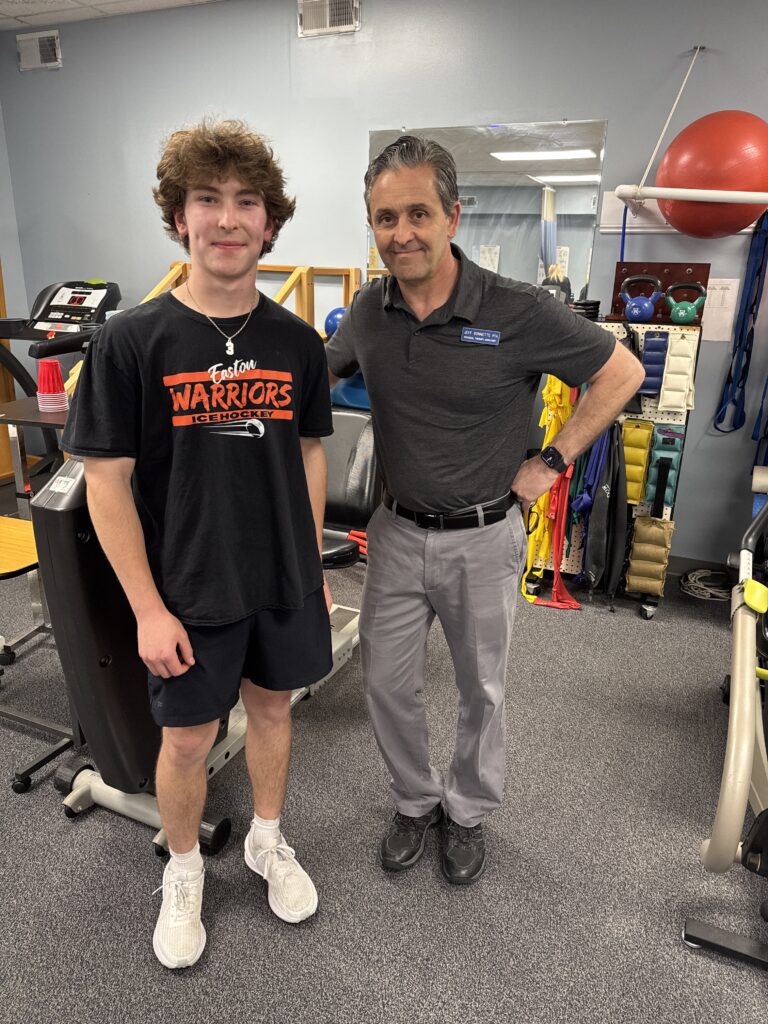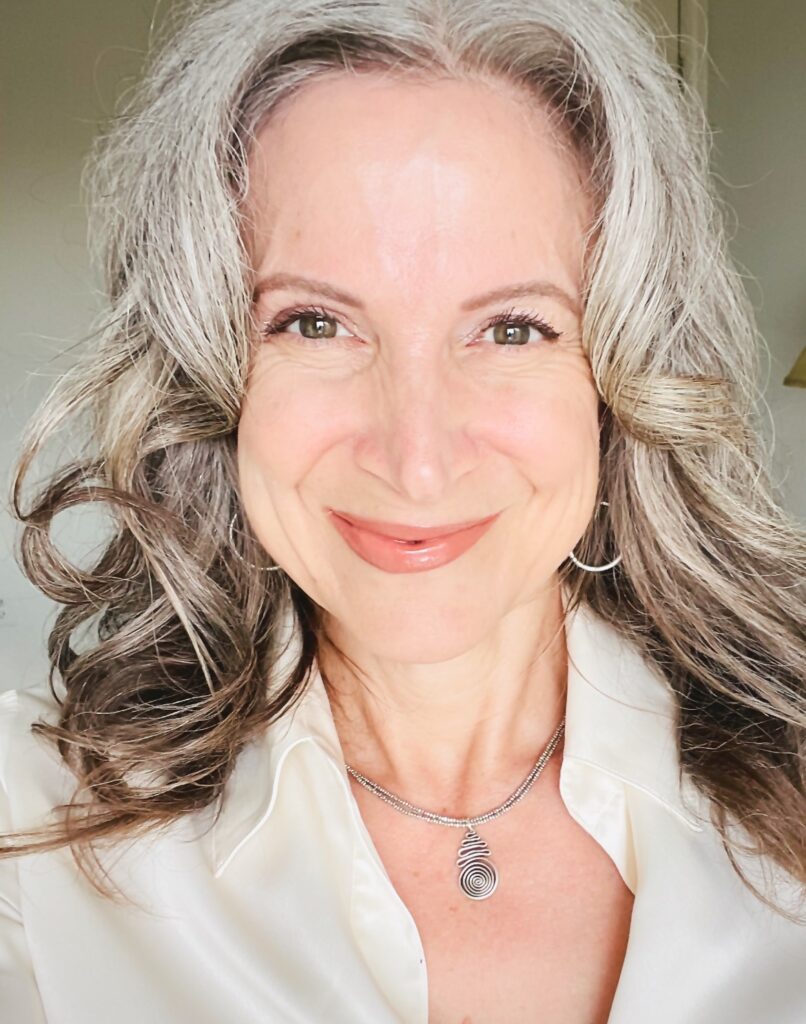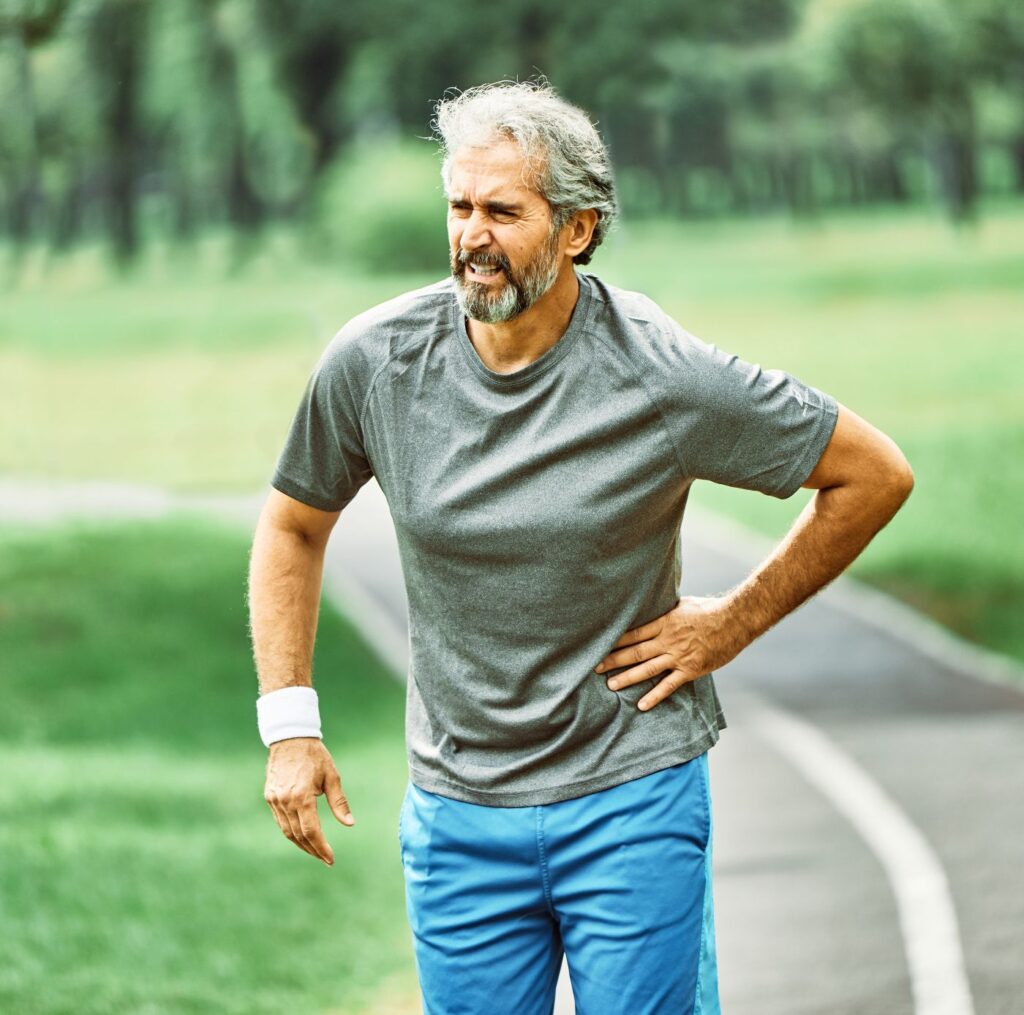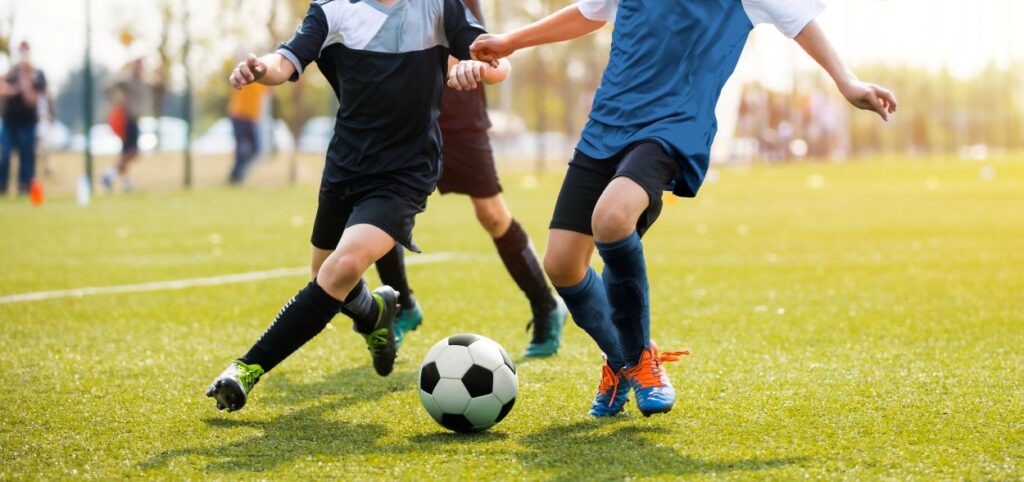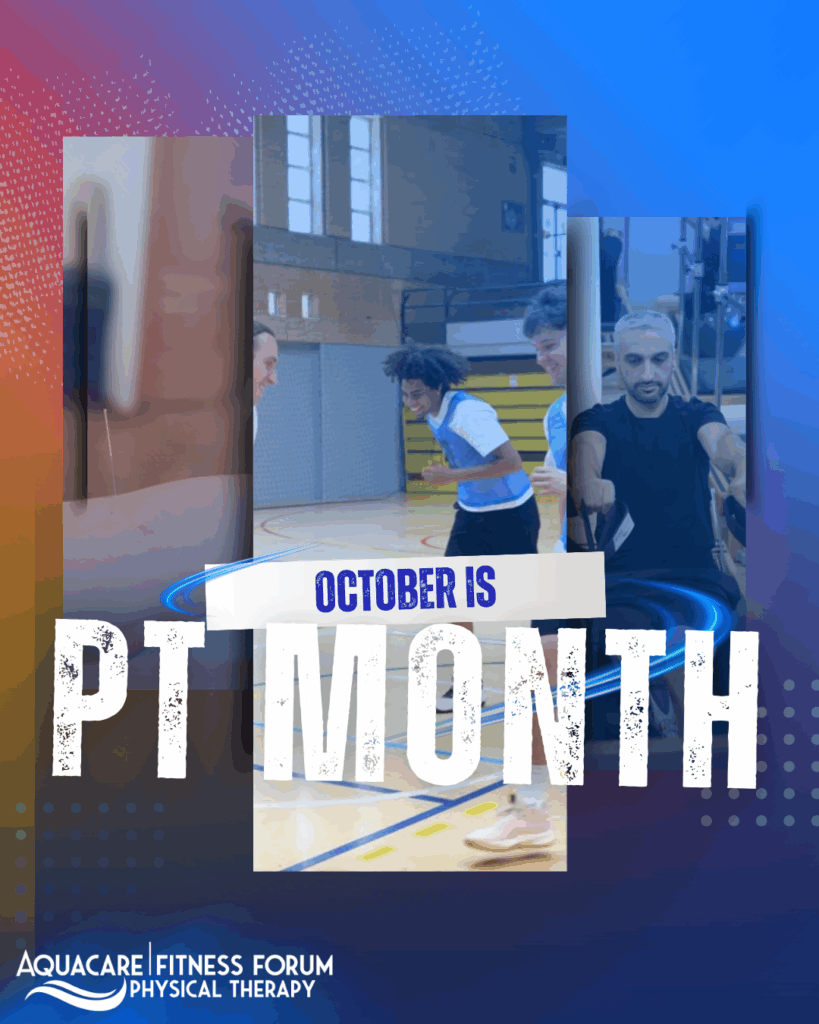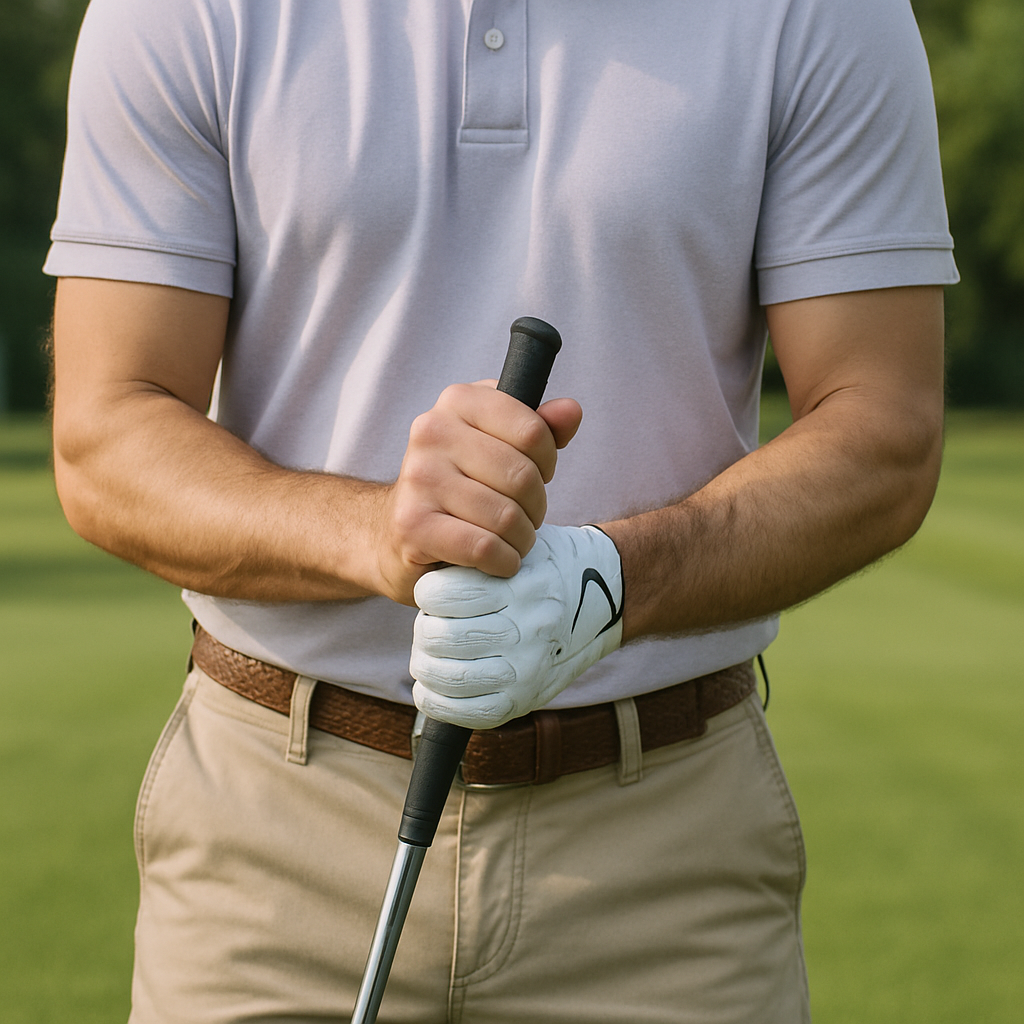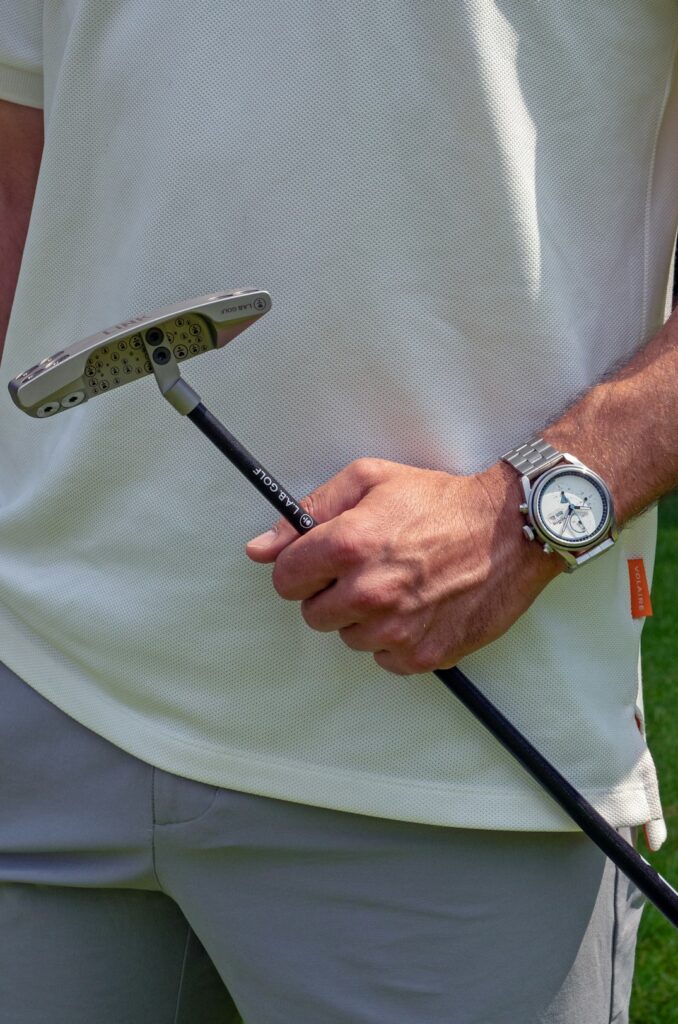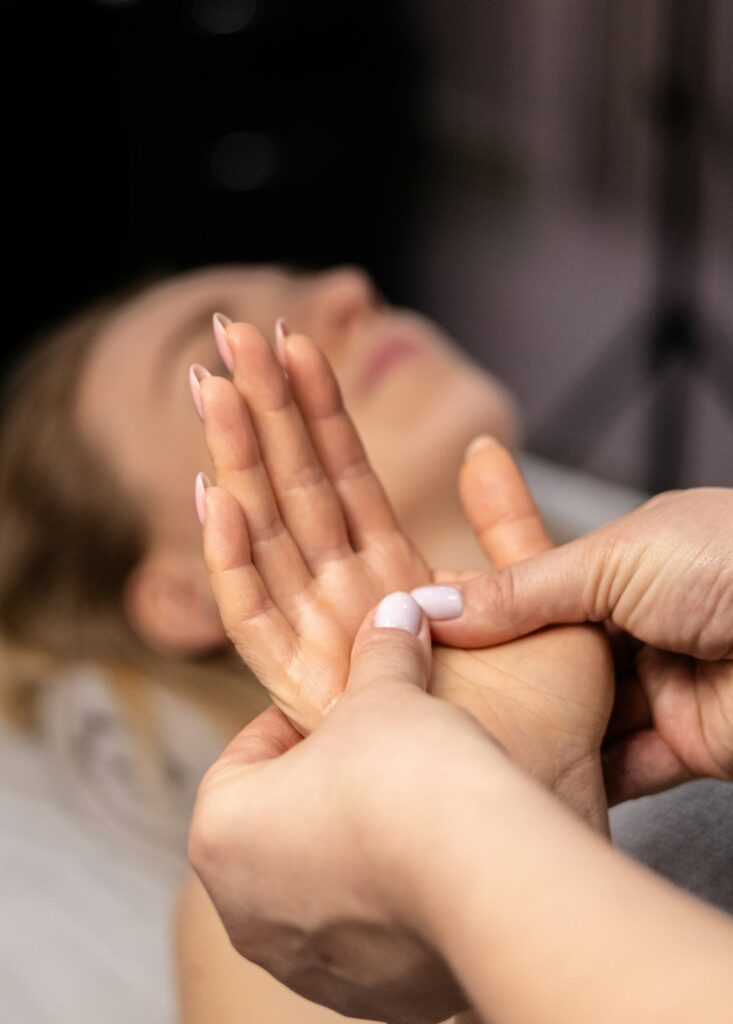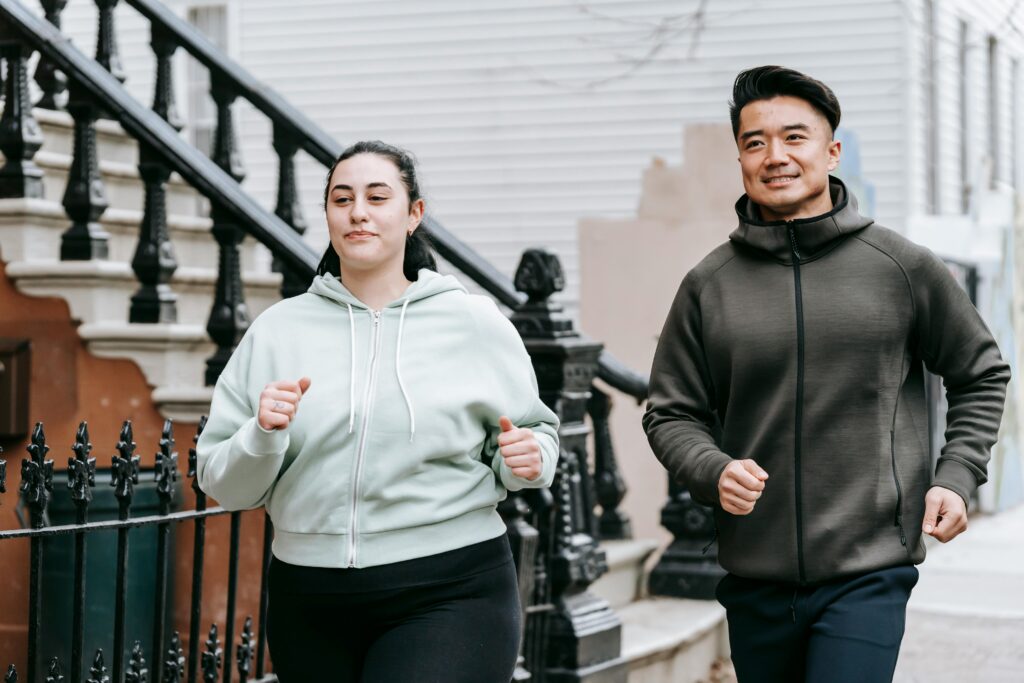
Peak Performance, Overcome Pain with Physical Therapy

By Jonathan Orlando, PT, DPT, Aquacare Physical Therapy
As athletes, whether dedicated runners, golfers, pickleball or tennis players, we understand the relentless toll that our favorite activity can take on our bodies. The persistent aches, nagging pains, and overwhelming fatigue are all too familiar. However, what if there was a game-changing approach to not only alleviate these inevitable discomforts but also to optimize recovery, allowing us to bounce back stronger than ever?
At Aquacare Physical Therapy, our expert team works closely with athletes of all ages to delve into the science behind effective recovery strategies, providing practical tips to enhance your post-activity rehabilitation and elevate your performance to new heights.
Understanding the Athlete’s Struggle
It takes a lot of time and energy to appropriately prepare for a specific sports season. The amount of preparation will greatly reduce when we consider the recreational athlete; however, I would argue it doesn’t reduce to zero. Unfortunately for most of us that preparation often gets skipped and we may be setting ourselves up for a future injury.
In physical therapy, you may have heard the line “motion is lotion.” It’s simple but it gets the point across: We need to move and prepare our body for the stressors of dealing with our environment, whether that is a physically demanding job, prolonged positioning, or playing our favorite sport.
The Physical Activity Guidelines for Americans recommends 150 minutes of moderate-intensity physical activity and two days of muscle-strengthening activity each week.
If I asked you to run a marathon right now without training would you be concerned about getting an injury?
I think we would all agree that to run a marathon, you need to spend considerable time and energy to adequately prepare.
Luckily for our average recreational sports, we won’t need that same level of training, but the concepts are still the same. Appropriately dosing your activity is a crucial step in injury prevention.
Not sure where to start? Keep it simple, make small goals, and build on them over time.
How about a little warm up before you play? Taking five minutes beforehand to warm up those muscles can be an easy first step in your injury prevention program.
The Science of Recovery
Following your golf outing or activity, your body needs time to recover. The first point I want to highlight is that your body needs fluid to recover. Hydration is key here, make sure you are drinking plenty of water. You can also utilize drinks with electrolytes such as Gatorade to assist, if you are concerned about sugar content, they are newer hydration packets like LMNT or IV Hydrations, which add electrolytes to your water. However, plain old water is still perfect for what your body needs.
If you do unfortunately experience an injury I want to introduce a new concept for recovery: Peace and Love.
PEACE:
Protection
Elevation
Avoid Anti-inflammatories
Compression
Education
LOVE:
Load
Optimism
Vascularization
Exercise
In the first few days, take it easy as your body starts to heal. After the first few days, we will begin to show those soft tissues some love. Gentle active motion, a positive attitude, light cardiovascular work, and resuming exercise as you can to keep your pain low.
The Power of Active Recovery
Instead of playing pickleball or running every day, try to alternate your activities.
The idea of active recovery means instead of playing a hard game of pickleball on Monday, and then spending all of Tuesday on the couch with your ice packs, plan to do a light activity on Tuesday to keep your body moving.
Going for a light jog, doing stretches for 10-20 minutes, or doing yoga can all facilitate blood flow, reduce muscle stiffness, and enhance overall recovery.
Sleep: The Ultimate Recovery Tool
The benefits of sleep are often overlooked when it comes to the recovery process. Sleep is your body’s natural reset and recovery button.
While we sleep, our body repairs muscles, regulates hormones, relaxes and resets your brain, and allows your body to naturally heal. It is important to make sleep a priority – it not only helps you recover, but it can also help reduce injuries that may be caused when you are fuzzy due to lack of sleep.
The Mind-Body Connection
As we get older, we may find our aches and pains take longer to heal. This can cause us to feel sad or even lose interest in our favorite activity. I often have patients who say, “I used to love playing this or I always was active until this happened.”
Don’t let an injury or a fall stop your enjoyment of activities. In so many cases, our team can get you healed and back on the court. Our patients tell us they didn’t realize they could move so well anymore. Don’t let the idea of age or the sadness over the aging process derail you.
Come to Aquacare for a free consultation and evaluation so our therapists can create a personalized plan for you and help you reach your goals. Don’t let pain or an injury stop you from living the life you love.
Aquacare Physical Therapy has 11 locations in Delaware and Maryland. Aquacare offers both gym-based and aquatic physical therapy, pre- and post-surgery orthopedic rehabilitation, dry needling, pelvic floor therapy, LSVT BIG program for those with Parkinson’s, lymphedema management, occupational therapy, and more.
Aquacare Lewes – King Street Row is located at 34434 King Street Row, Suite 1, Lewes.
Jonathan Orlando PT, DPT, OCS, MTC, is a physical therapist and clinical director at Aquacare Lewes – King Street Row. A native from Long Island, New York, he earned his bachelor’s and doctorate degree at SUNY Stony Brook. He has been practicing for more than 10 years. He received his certification in manual therapy in 2018, became a board certified orthopedic specialist in 2021 and is currently a fellow in training with the American Academy of Orthopedic Manual Physical Therapists. He has an extensive background in orthopedics and rehabilitation with training with McKenzie, spinal manipulation, blood flow restriction, and the selective functional movement assessment. Jonathan is also an active member of the American Physical Therapy Association and frequently provides education to physical therapy student’s as a clinical instructor.
With 11 locations in Delaware and Maryland, chances are there’s an Aquacare Physical Therapy in your neighborhood. Find out more and schedule a free consultation online.

